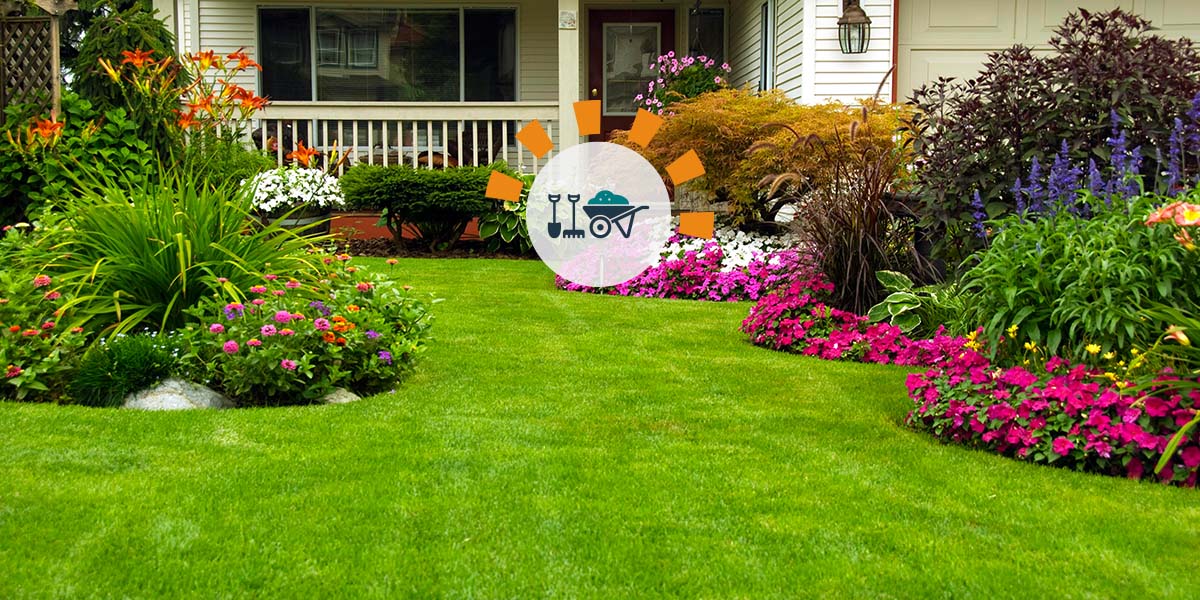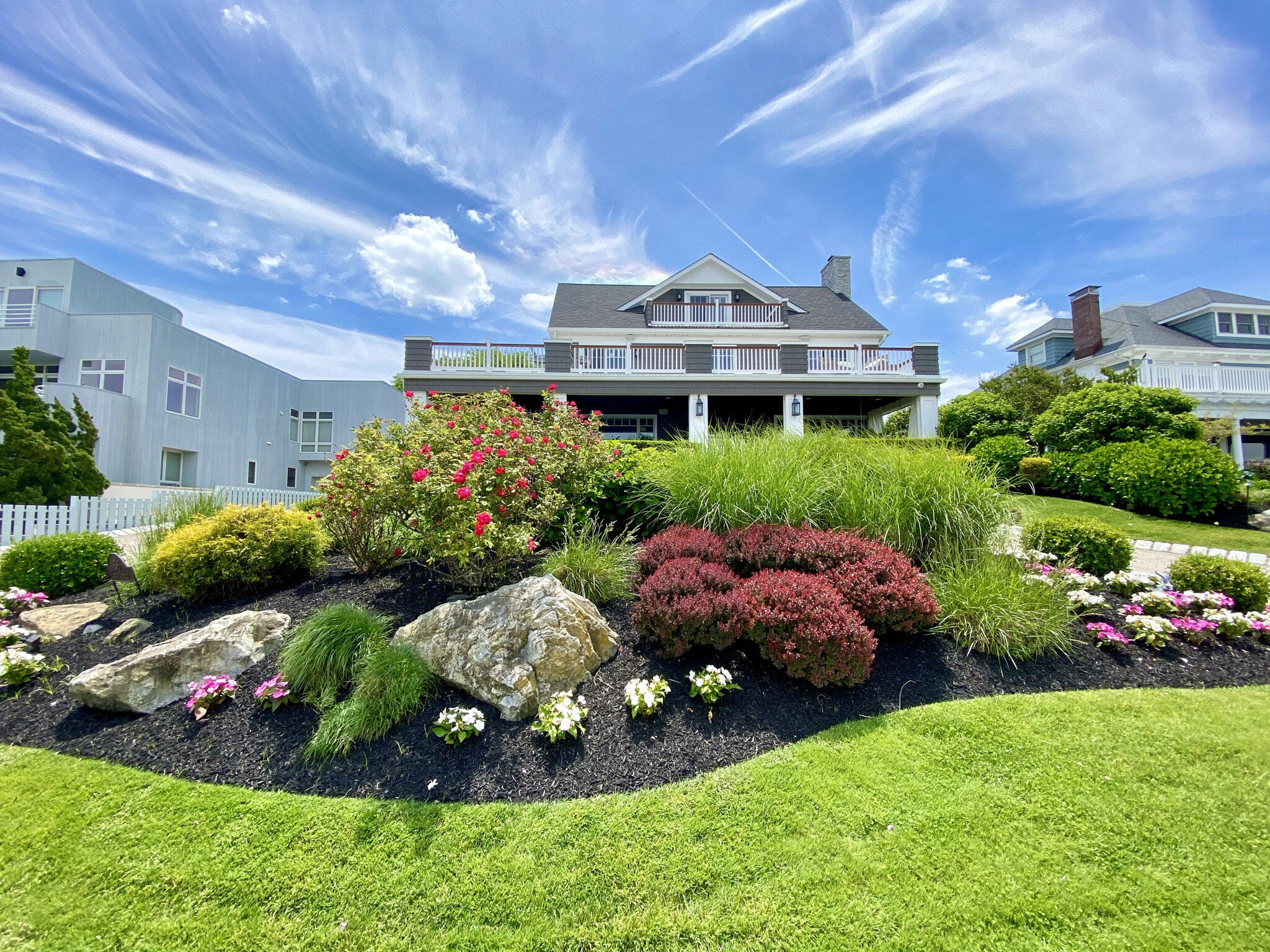The Importance of Comprehending Various Kinds Of Landscaping for Your Yard
Recognizing the numerous kinds of landscaping is a crucial element in crafting a yard that not only reflects personal preference but likewise satisfies ecological demands. Each landscape design style-- be it official, home, sustainable, or city-- gives unique advantages that can dramatically affect the overall wellness and appearances of your outside space.
Advantages of Landscaping Understanding
Comprehending the principles of landscape design offers countless advantages for both novice and seasoned gardeners alike. A strong grasp of landscape design principles makes it possible for individuals to develop visually appealing and useful outside spaces that line up with their individual preferences and the particular qualities of their gardens.
One considerable advantage is improved ecological health. Understanding of indigenous plants and sustainable techniques allows gardeners to grow communities that advertise biodiversity while decreasing the need for chemical fertilizers and chemicals. Additionally, comprehending dirt kinds and drainage can result in much healthier plant development and reduced erosion.
Landscape design knowledge likewise improves the visual worth of a home. By finding out about design aspects such as structure, range, and shade, garden enthusiasts can create cohesive and inviting landscapes that increase curb appeal. This not only raises personal pleasure however can likewise enhance building worth.
Furthermore, informed gardeners can conserve time and sources. Identifying the right plants for details problems, such as light and wetness levels, makes sure that efforts are not wasted on unsuitable selections. Inevitably, a thorough understanding of landscape design encourages individuals to make informed decisions, cultivating an extra satisfying horticulture experience.
Summary of Landscaping Kinds
Landscape design encompasses a variety of techniques and styles, each tailored to fulfill the special requirements and preferences of gardeners. Comprehending these diverse kinds is vital for producing an outdoor room that lines up with environmental factors to consider and private tastes.
One preferred type is traditional landscape design, defined by organized designs, well-defined flowerbeds, and using in proportion growings. This style frequently stresses a sense of order and consistency within the garden - Las Vegas Landscaping. On the other hand, naturalistic landscaping concentrates on imitating the elegance of nature, using indigenous plants and organic kinds to create a much more kicked back and informal environment
Lasting landscape design has obtained traction, advertising environmentally friendly techniques that conserve water and minimize chemical usage. This method often integrates xeriscaping, which uses drought-resistant plants appropriate for dry climates. Furthermore, city landscape design addresses the challenges of restricted room in city environments, commonly making use of vertical gardens and roof rooms to take full advantage of plant.
Official Landscaping Discussed
Defined by its thorough design and structured aspects, official landscape design develops an atmosphere of beauty and class in outside rooms. This style highlights balance, geometric forms, and distinct lines, usually incorporating manicured bushes, topiaries, and orderly flower beds. The overall effect is a refined and refined atmosphere that accentuates architectural functions and improves the charm of the surrounding landscape.
In formal landscaping, pathways are generally straight and may be lined with uniform materials such as brick or stone. These paths frequently result in centerpieces such as fountains, statues, or ornamental trees, additionally enhancing the structured nature of the layout. Shade combinations have a tendency to be a lot more restricted, focusing on harmonious mixes that advertise a tranquil environment.
Water functions in formal landscapes are usually made with accuracy, commonly looking like rectangular or round pools. The careful positioning of plants is vital, with types chosen for their capacity to keep a neat appearance throughout the seasons. In general, official landscape design is optimal for those who value order and beauty, providing a classic aesthetic that can dramatically boost the value and allure of outside spaces.
Cottage Yard Qualities
Cottage gardens usually stimulate a feeling of appeal and fancifulness, blending a selection of plants in a seemingly careless yet harmonious plan. Characterized by their rich, casual layout, these gardens commonly feature an eclectic mix of blooming perennials, veggies, annuals, and herbs. This varied planting not just creates visual rate of interest yet also draws in helpful pests and promotes a balanced ecosystem.
A crucial feature of cottage gardens is their use of standard products and frameworks. Rock paths, rustic fencing, and wood trellises are typically integrated to improve the yard's charming charm. In addition, the incorporation of seating locations, such as benches or arbors, encourages relaxation within this calm environment.
Color plays a significant role in cottage gardens, with an emphasis on soft pastels and vibrant shades that evoke a sense of nostalgia. Blossoms like foxgloves, hollyhocks, and roses are staples, frequently intermingled with fragrant herbs such as lavender and thyme.
Home yards mirror an approach of welcoming nature's changability, leading to a distinct and inviting space. By prioritizing biodiversity and visual beauty, they produce a stunning setting for both yard fanatics and informal onlookers alike.
Sustainable Landscaping Practices
Including lasting landscaping practices is essential for developing eco-friendly gardens that grow while decreasing their environmental effect. Las Vegas Landscaping. Sustainable landscape design concentrates on the efficient use sources, advertising biodiversity, and improving the natural setting
One secret practice is picking native plants, which are well-adapted to neighborhood conditions and require much less water, fertilizer, and chemicals. This not only preserves resources but likewise supports regional wildlife, consisting of pollinators. Implementing water-efficient watering systems, such as drip watering or useful reference rain harvesting, even more preserves water while making sure that plants receive appropriate moisture.

Moreover, minimizing grass locations and including hardscaping aspects can lessen maintenance and source use. These methods advertise an even more sustainable landscape that requires less inputs and gives eco-friendly benefits. By embracing these methods, gardeners can produce areas that are not just attractive yet also contribute positively to the environment, fostering a harmonious balance between nature and human activity.

Conclusion
In conclusion, a thorough understanding of different landscape design types is essential for producing an aesthetically pleasing and ecologically sustainable garden. Inevitably, accepting varied landscaping methods cultivates a harmonious partnership between outside spaces and their atmospheres, advertising long-term environmental you could try here equilibrium.
Comprehending the numerous kinds of landscaping is an important element in crafting a yard that not only shows individual preference but likewise fulfills ecological requirements. Each landscape design design-- be it official, home, sustainable, or metropolitan-- gives distinct advantages that can substantially affect the overall health and looks of your outdoor space. In contrast, naturalistic landscaping focuses on mimicking the charm of nature, using indigenous plants and natural kinds to create a more unwinded and casual atmosphere.
In addition, metropolitan landscape design addresses the obstacles of minimal space in city environments, frequently using vertical gardens and rooftop spaces to optimize plant.
In verdict, a thorough understanding of different landscaping types is vital for producing a visually pleasing and ecologically sustainable garden. (Landscape)